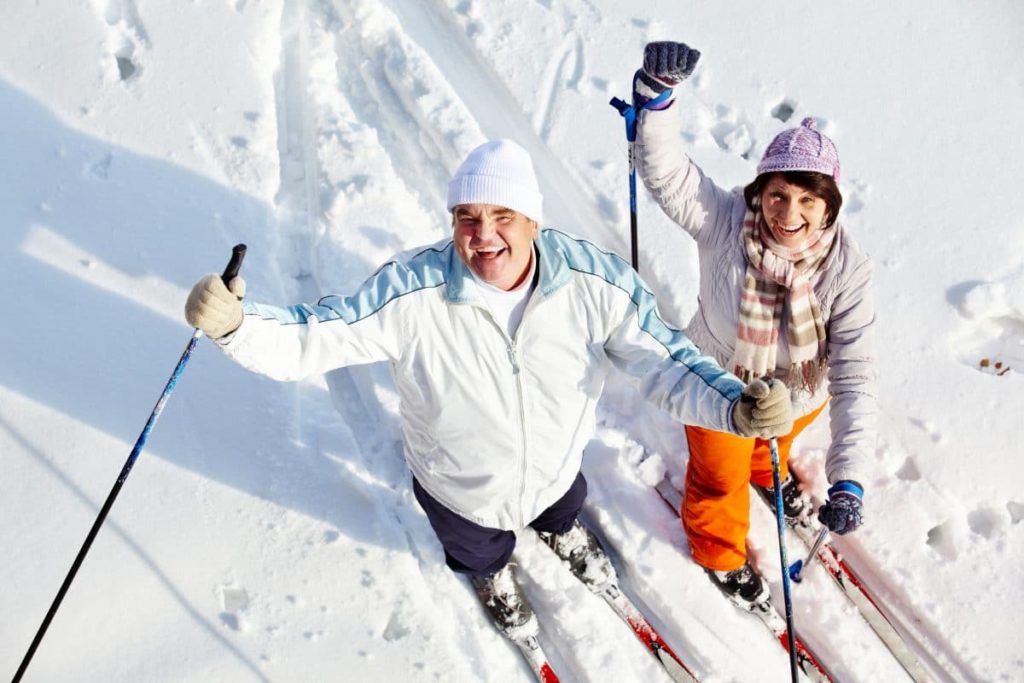7 Keys to Outstanding Boomer Workouts

Do you teach or train generally healthy, moderate- to high-functioning baby boomers? Or are you thinking of directing more of your efforts to exercisers over 50? If so, be among the first to learn targeted principles you can weave into clients’ or class participants’ workouts.
Whether you’re a small-class leader, a one-on-one trainer or a group fitness instructor, applying seven specific principles will allow you to offer the most effective sessions for midlifers and older boomers. Keep these goals in mind:
- Create life-enhancing fitness programs for baby boomers that have low risk and high reward.
- Entice a unique, yet often-overlooked cohort into your classes, training sessions and facilities.
- Design exercises that maintain function and that expand, and do not shrink, people’s capabilities.
Boomers—who range from 53 to 71 years old—want to enjoy the second half of life actively, comfortably and energetically. Yet they have accumulated five to seven decades of aches and pains. Joint issues may limit their ability to do high-impact activities. Years of sitting and driving—of living life in front of their bodies—may have produced forward-head misalignment, rounded shoulders, hunched posture and overstretched or weak backs. While not elderly, frail or sedentary, your boomer clients and class participants may be feeling the effects of the passing years. More of the same no longer offers the same benefits.
More of a new (or simply reprioritized) approach will help your 50-plus members age actively. Get ready to elicit life-changing results from your boomers in your small groups , large classes or one-on-one training sessions.
The seven principles below can be used in any combination or as standalones. Apply one, two or all seven to a given exercise; use three principles in one session and a different three in another; focus on one principle one day for an entire class and another the next. Regardless of how you mix and match the principles, your clients will reap benefits.
Principle 1:
Minimize Core Work and Ab Exercises
Requiring Spinal Flexion at the Neck
Challenge yourself to select ab exercises that involve no crunches. While the traditional crunch has its place, the last thing 50- to 70-year-olds need is more forward-rounding. Nor is a six-pack a primary goal for this cohort. Instead, offer moves that keep the head on the mat or that provide very little opportunity to forward-flex the neck.
Work with, not against, the anatomical reality of the abs: the rectus abdominis, transversus abdominis and obliques are endurance, compression and posture muscles. They are not designed for power (in contrast with the glutes and quads, which are power muscles). Therefore, emphasize the abs’ postural, endurance and compression aspects. Boomer clients especially appreciate improving posture as they strengthen their core.
How many of your over-50 clients already have their head thrust forward, a tight neck and rounded shoulders? Probably most, if they are typical older adults. When selecting ab exercises for them, simply ask yourself whether a given move exacerbates these problems, is neutral or counteracts them. The last option is ideal.
No-Crunch Examples
Primary examples of suitable abdominal compression moves for boomers are plank and reverse curl, or reverse curl with oblique rotation (bringing the right hip toward the left rib cage, for instance). Another great option is the “marching abs” move, where the upper body stays on the mat throughout. Legs are bent 90 degrees at the knees; hips are fairly open with feet close to the ground. Class members march the feet, holding the knee angle constant, alternating right- and left-foot marches. Depending on core strength and back issues, you may decide to cue, “March the feet from the ground to about a foot from the ground”—the most challenging version. If you spot faults in form or difficulties maintaining alignment, cue members to march in space. Have them draw their knees closer to the chest, close down some of the hip angle, and march with their feet anywhere from 1 to 2 feet from the ground.
Principle 2:
Activate the Back
In keeping with the focus on not reinforcing forward hunch and rounded posture, this principle prioritizes actions behind the body. Incorporate exercises that require glutes, hamstrings and back muscles. Use every opportunity to open or extend the pectorals, anterior deltoids and hip flexors.
Getting your clients to focus on dorsal (or back-side) moves continues the theme of counteracting decades of movements that close off the front of the body. For strength, balance or stretch classes or personal training sessions, substitute exercises with hip extension for ones promoting hip flexion. For instance, if doing balance work, have the lifted leg start and stay in hip extension. Then slightly raise and lower that leg using the glutes. Add in small loops, counter- and clockwise, all in the dorsal plane. Or lift the leg only a few inches from the starting position to the left and right, tapping lightly side to side, again always with hip extension and behind the body. This not only works the core muscles, which need to compress and stabilize to hold the upper-body position, but also reinforces good posture.
For more information, please see “7 Principles for Outstanding Boomer Workouts” in the online IDEA Library or in the January 2017 print edition of IDEA Fitness Journal. If you cannot access the full article and would like to, please contact the IDEA Inspired Service Team at 800-999-4332, ext. 7.
Kymberly Williams-Evans, MA
Kymberly Williams-Evans, PhD (ABD) has been a fitness professional on four continents, in four languages, for four decades on land, at sea and across the airwaves. After years of co-hosting an online radio program (Active Aging for BoomChickaBoomers), she reports having interviewed scads of great guests and two really bad ones.




